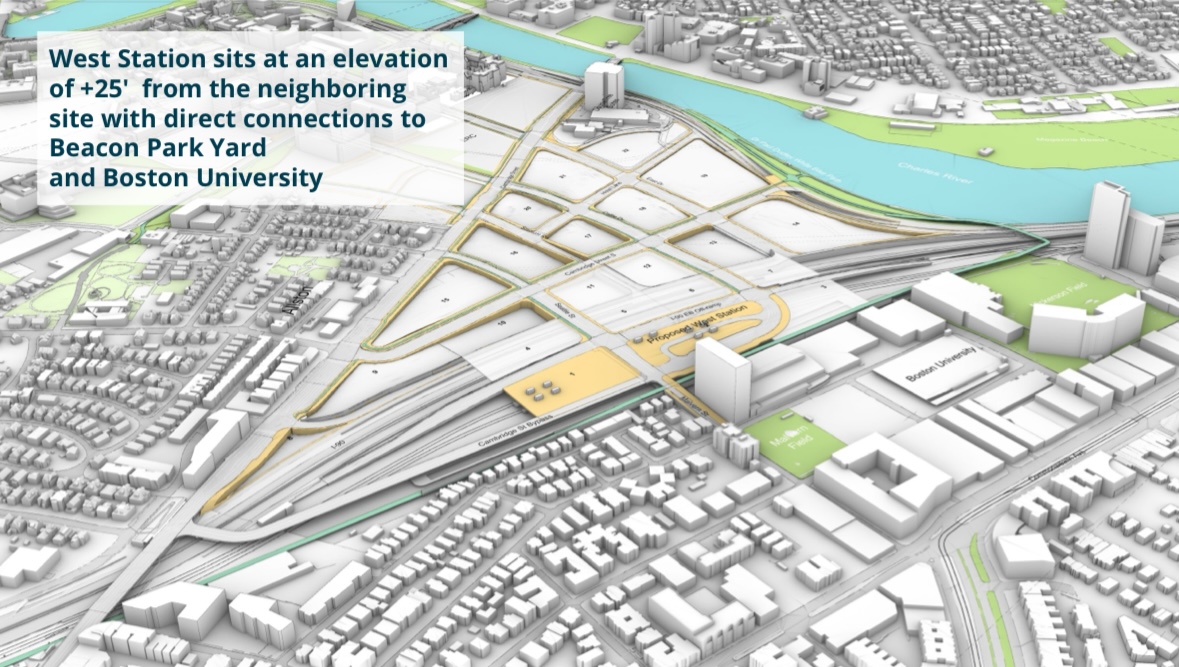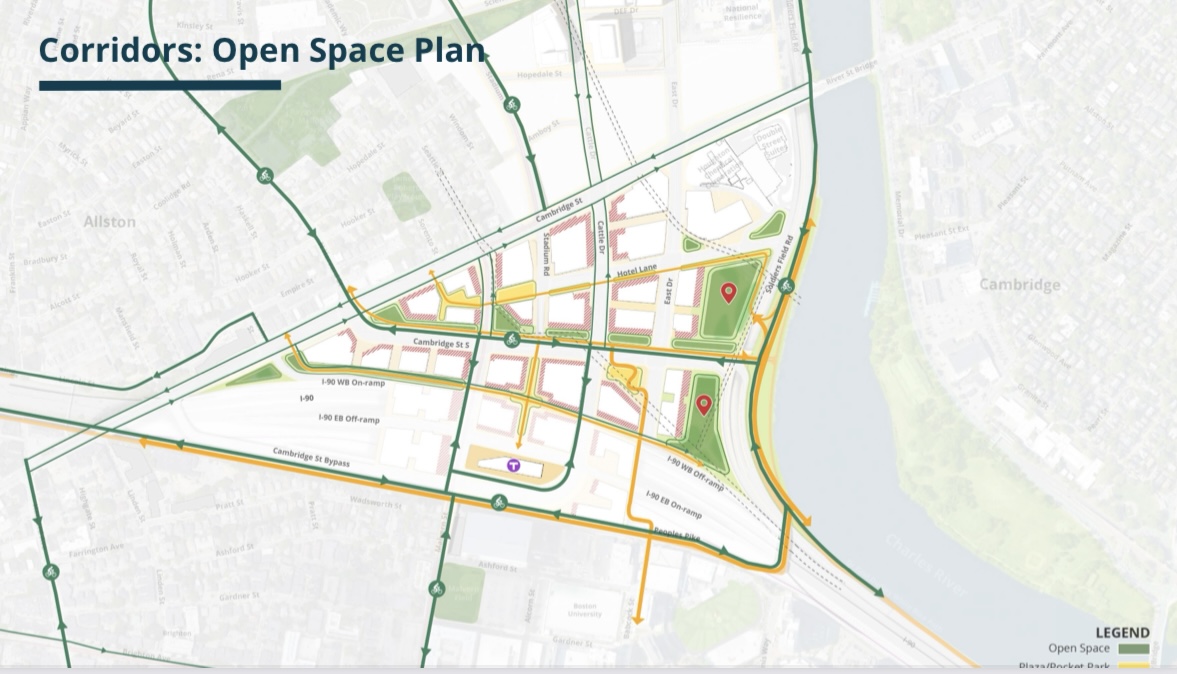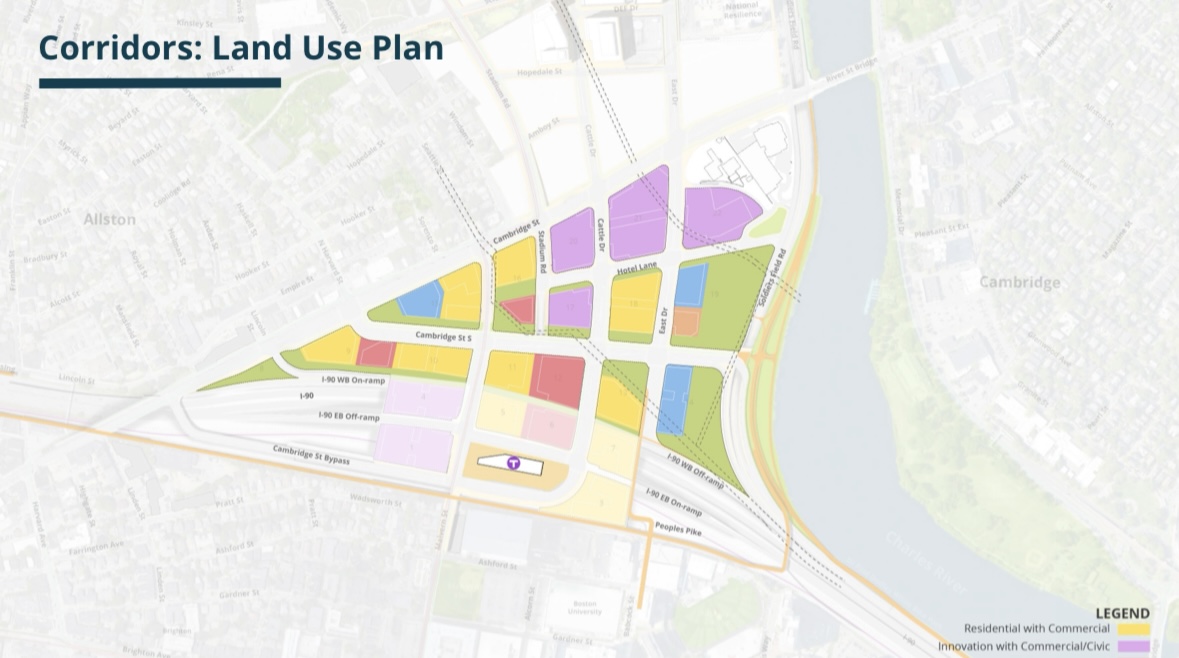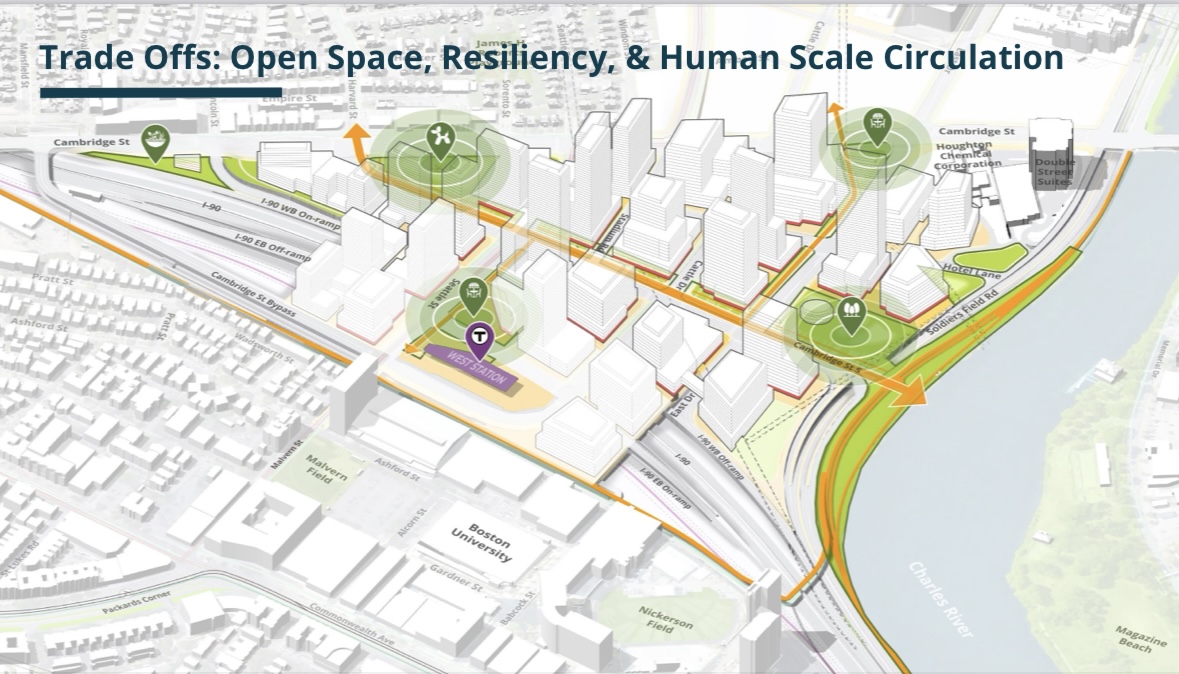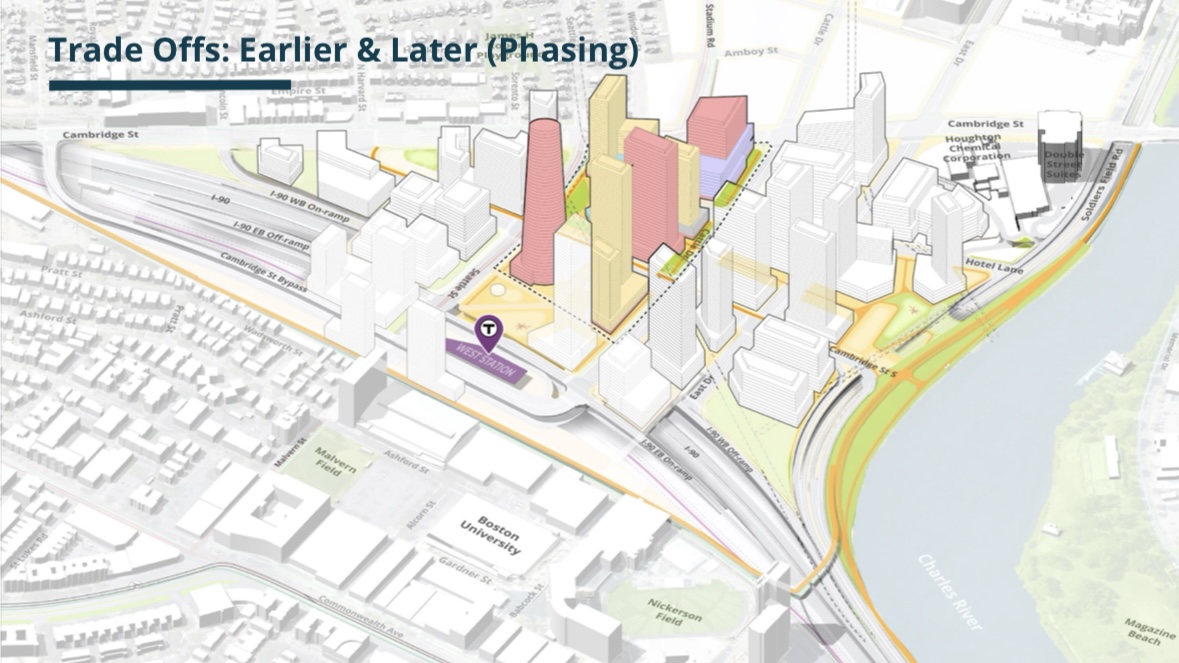Realistically, Grand Junction will need to be down for some amount of time, and building a temporary replacement connection will almost certainly cost more than it's worth, in both time and money. The emphasis should be placed on turning the amount of time GJ is down from years (which would cripple operations) to months (which should be painful but tolerable). As far as I can tell, the only ways to do that are to either reduce the size of eventual Pike, or more likely, tolerate more disruptive construction phasing. I'm currently under the impression that MassDOT is aiming to keep 6 out 8 lanes on the Pike open the entire time, as well as one track of rail. Moving that number down to 4, and even allowing a full closure of the Pike for a short period of time, could make a quick GJ replacement more feasible. The Sumner tunnel shutdown showed that at least some people are not completely opposed to full highway closures, especially if it prevents years of continuous disruptions. The availability of SFR and increased Worcester line service could also go a long ways in providing quality alternatives.



